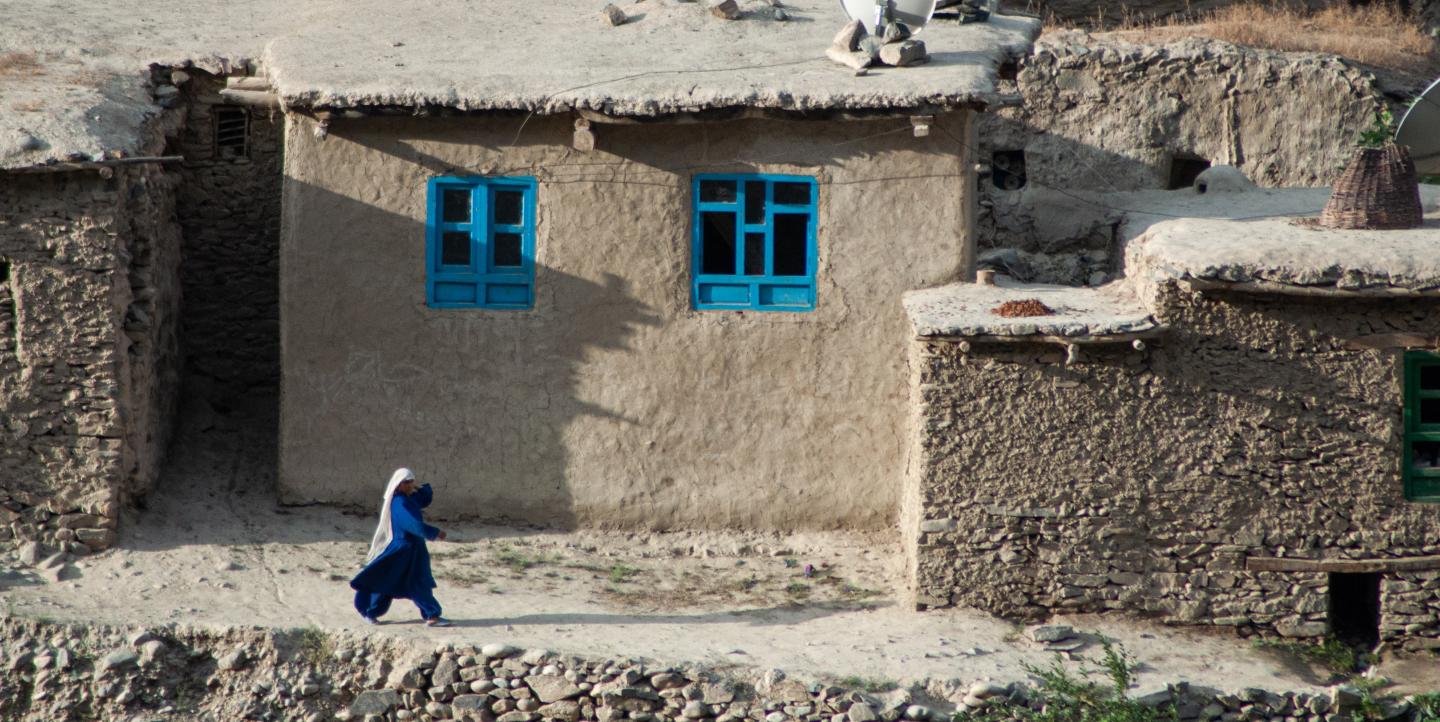As the U.S. completed its plan to pull troops out of Afghanistan in August, ending the 20-year war, the world has been bombarded with reporting on the country. Much of this coverage has come from Western news outlets, especially U.S. media, given the relevance of the current situation to Americans.
However, many journalists in Afghanistan and the surrounding region who are more familiar with the local history, culture and context of the crisis have called out the inherent biases, and problematic narratives and language being used in international coverage.
“That whole sensationalizing and that whole narrative that [the news media] have already formed without looking at what the result [of the withdrawal] would be was very disturbing for me to see,” said Shereena Qazi, a Pakistan-Afghan journalist and senior producer at TRT World. Qazi previously covered Afghanistan for Al Jazeera. “I personally believe that the media is going to play a huge role in determining Afghanistan’s future, and it has [already] played a huge role.”
Western journalists reporting from abroad are often too detached and under-informed about Afghanistan, said freelance Afghan journalist and fixer Sami Sahak. He and Qazi both emphasized that there remains an issue, for example, with how the U.S. war in Afghanistan has been justified. This extends to how Afghan women are represented in the media. Coverage has also neglected to critically address how the conflict has played out in both urban and rural parts of the country, nor has reporting properly examined the impact of the U.S.’s long term involvement in the country.
[Read more: Understanding the crisis journalists face in Afghanistan]
“From what I’ve been seeing, the U.S. media became more critical of the 20-year invasion only recently because they started witnessing the consequences that came after the decision to withdraw troops from the country without a proper strategized peace plan. I think it's good, but also, we need to keep seeing this,” said Asmahan Qarjouli, a Palestinian-Jordanian journalist for Doha News who covers the Afghan Peace Process in Qatar. The Gulf country has been at the center of negotiations, and also hosts refugees in transit.
For many Afghan journalists who have a personal stake in the country it can be difficult to continue carrying out their work impartially. Images and videos of people trying to flee the country have been distressing, said Qazi, as has news of violence directed at fellow reporters. In September, for instance, the Taliban arrested and tortured two journalists for covering a women’s protest.
“I know it's painful and it hurts — this is the difficult time that we're all going through,” said Sahak. “[But] you have to do your job, no matter who you are and what race or ethnicity you belong to.” added Sahak.
I asked Qazi, Sahak and Qarjouli how journalists outside Afghanistan can report responsibly, accurately and effectively on developments in the country today. Here’s their advice:
Be critical
The U.S.’s role in the war is widely discussed in the news media, but often not critically so. Qarjouli did not support the U.S. invasion of Afghanistan, but she acknowledges that the American presence in the country helped influence some positive change. Still, it’s crucial to challenge the notion that it has been wholly positive for women’s rights, and shed light on crimes and setbacks on the ground such as cases of sexual violence, widowing of women due to the invasion and more. “Stop hailing the U.S. as a hero,” said Qarjuli. “[There is a need] to find better angles.”
The human cost of war is real and important, so people do not just become numbers, Qazi added. Unfortunately, headlines seem to focus only on American lives. “How [Afghan] lives are in the country, and the suffering of years of war that they have had to face even now is very tragic,” he said.
Be mindful of language and narrative
The role of religion and the increased danger women now face with the Taliban back in control has become a major theme in U.S. news coverage. However, this point is often emphasized with images of women now covering their bodies in a chaddar or burqa, a narrative also used extensively by the U.S. government to justify the war 20 years ago.
Although it is true that women are in danger under the Taliban, covering the body is a common practice in many regions of Afghanistan, said Qazi. “What's [really] at stake is women’s rights in the country, so we have to keep highlighting that their rights are at stake.”
What’s more critical is for reporters to develop a deeper contextual understanding. “For international journalists, it's very important they have knowledge of the culture, the tradition, the religion and the basic values that the Afghans are living in,” said Sahak.
[Read more: In dire danger, Afghan journalists need global support]
Don't jump to conclusions
Much of the reporting on Afghanistan is published outside the country. This leaves space for error and misrepresentation. There have been many parachute journalists who drop into the country, report for a few weeks and then they're out, noted Qazi. Some have relied on single, under-verified sources in the country who might have personal agendas, which can put local lives at stake, added Sahak.
“Always double-check your sources before you publish anything. Do not rely on second-hand information,” said Sahak. “[Western media for instance] completely forgets the outside world because they believe that whatever is happening in Kabul is the reflection of the entire country, but that's not true.”
It is also important to center Afghan voices and journalists, safely. “Focus on the voices of those who suffered from [the war] — make sure you include the voices of those on the ground, those who are directly suffering,” said Qarjouli.
Photo by Joel Heard on Unsplash.
This article was updated on October 11.


